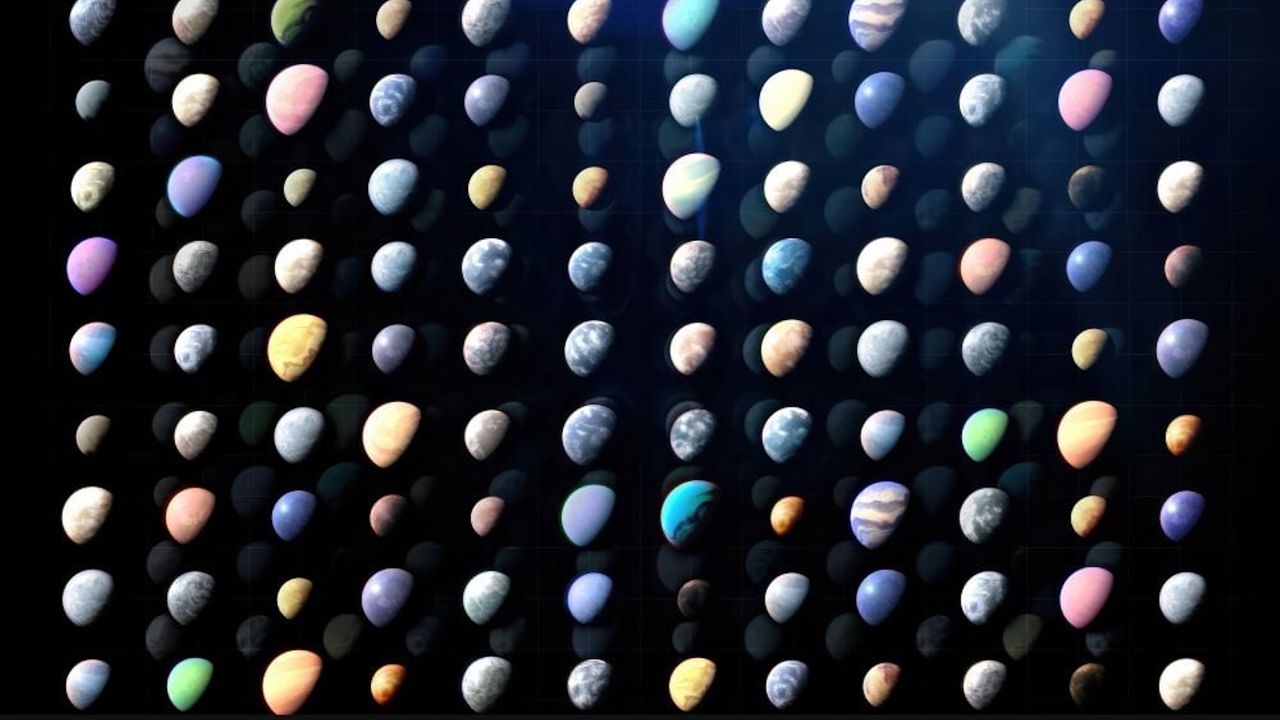NASA has officially confirmed the existence of 6,000 exoplanets beyond our solar system, a significant milestone in the field of astronomy. This number reflects the ongoing advancements in technology and methods used to identify planets that orbit stars outside of our solar system. The discovery of these exoplanets is not just a numerical achievement; it opens up new avenues for understanding planetary formation and the potential for life beyond Earth.
Tracing the Journey of Exoplanet Discoveries
The journey into the realm of exoplanets began in 1992 when astronomers detected two planets orbiting a pulsar. In 1995, the first exoplanet orbiting a main sequence star was discovered, paving the way for future explorations. The launch of NASA’s Kepler and TESS missions dramatically increased the rate of confirmed exoplanets. By 2015, Kepler had identified its 1,000th exoplanet, and the following year saw nearly 1,500 detections. The total reached 5,000 by March 2022, demonstrating the rapid pace of discovery.
The recent announcement of 6,000 confirmed exoplanets is remarkable, especially considering that estimates suggest there could be as many as 100 billion planets in our Milky Way galaxy. The challenge of detecting these distant worlds is significant, as many are obscured by the brightness of their host stars or are located at vast distances from Earth.
Understanding Planetary Diversity
The diversity of exoplanets uncovered so far has been striking. Among the discoveries are hot Jupiters, massive gas giants that orbit their stars in mere days, and ultra-short period planets that complete their orbits in just hours. Some exoplanets are tidally locked to their stars, resulting in one side perpetually exposed to intense heat while the other remains frigid. The extreme conditions present on these planets, such as the possibility of iron rain or the presence of toxic gases, challenge our understanding of planetary formation and the conditions necessary for life.
Dawn Gelino, head of NASA’s Exoplanet Exploration Program at the Jet Propulsion Laboratory, stated, “Each of the different types of planets we discover gives us information about the conditions under which planets can form and, ultimately, how common planets like Earth might be.” This research not only enhances our knowledge of other worlds but also sheds light on the formation of our own solar system.
The majority of exoplanet detections have been made using indirect methods. The transit method, which measures the light blocked by a planet as it passes in front of its star, accounts for nearly 4,500 detections. The radial velocity method, which detects the gravitational influence of planets on their stars, has contributed about 1,140 detections. While these methods are effective, direct imaging remains the gold standard for understanding the atmospheres and potential habitability of exoplanets, with fewer than 100 having been directly imaged thus far.
The ongoing work to confirm exoplanet candidates is labor-intensive and requires collaboration among astronomers. As of July 2025, the Transiting Exoplanet Survey Satellite (TESS) had identified 7,655 exoplanet candidates, with just over 600 confirmed. This process often involves follow-up observations using different telescopes to rule out false signals caused by stellar activity or instrument artifacts.
Future missions promise to expand our understanding of exoplanets. The Nancy Grace Roman Space Telescope, set to launch in 2027, is expected to discover thousands more exoplanets through microlensing techniques. Additionally, the European Space Agency’s PLATO mission, scheduled for launch in 2026, aims to detect rocky exoplanets around Sun-like stars.
As the search for habitable worlds intensifies, the quest for biosignatures—chemical indicators of life—remains paramount. The James Webb Space Telescope (JWST) is currently investigating exoplanet atmospheres using infrared spectrometry, and while concrete results are still pending, the initial data is promising.
The field of exoplanet research is rapidly evolving, with countries like China also joining the effort. Its Earth 2.0 (ET) Space Telescope, planned for launch in 2028, aims to identify Earth-sized exoplanets, further advancing the global search for life beyond our planet.
As we celebrate the confirmation of 6,000 exoplanets, the scientific community remains focused on addressing the fundamental question: Are we alone in the universe? The knowledge gained from these discoveries will be crucial in pursuing that answer.
